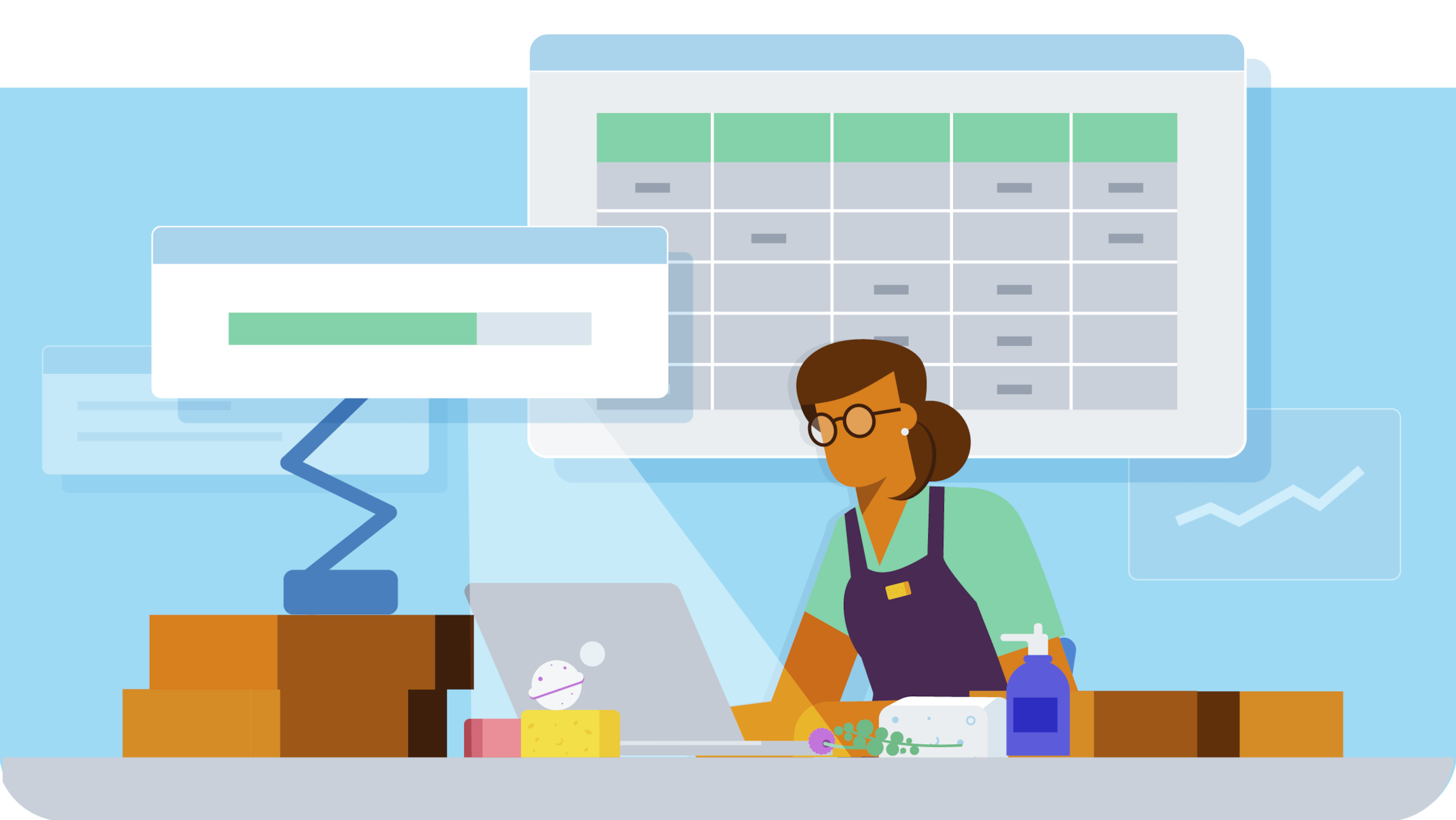A closer look at MTD for VAT requirements
How to comply with MTD for VAT requirements, covering the software you must use, how to keep digital records, and more.

Published Thursday 10 February 2022
Requirements for HMRC-compliant MTD software
MTD compliant software must allow you to store and update your records digitally, with the software pulling the information directly and connecting it to HMRC to file the returns. Alternatively, bridging software can be used to file MTD returns for those still using spreadsheets.
It’s worth noting that there are many benefits to using MTD software. Along with making managing your tax obligations easier, many business owners also find that cloud-based accounting means it’s easier to liaise with their accountants and that it gives them better overall financial control of their business too.
Requirements for MTD bridging software
Businesses not using MTD compliant software - and instead using spreadsheets and bridging software - must use tools that ‘digitally link’ them when making MTD for VAT submissions. This will also apply if you use more than one software package to keep accounting records.
Software can be linked in a number of ways, including:
- Using formulas to connect cells in spreadsheets
- Emailing records
- Downloading and uploading data with XML and CSV files
These connections must be set up in time for a business’ first MTD submission. Learn more about bridging software here.
Requirements for digital records
MTD for VAT requires businesses to keep accurate, complete and readable digital records. The only businesses registered for MTD for VAT who do not have to keep digital records are companies using the VAT GIANT service (e.g. government departments of NHS Trusts).
Records that must be kept digitally include the following:
- Your business name, company address and VAT registration number
- VAT accounting schemes used
- VAT on goods and services supplied
- VAT on goods and services received
- The rate of VAT charged on services supplied
Specific VAT schemes also have their own additional requirements. For example:
- Retail scheme users will need to record total daily gross takings
- Businesses on the Flat Rate Scheme will need to record the items that they can reclaim the VAT on.
Take a look at the HMRC website for a full list of all requirements.
Just like the existing VAT regulations, records have to be kept for six years from the end of the tax year they took place, or ten years if a business was previously using the MOSS scheme.
Most accounting software will store and back up all invoices and receipts, so you shouldn’t need to keep physical copies of these documents.
MTD for VAT-registered businesses
From April 2022, all VAT registered businesses are required to maintain digital accounting records and use MTD compliant accounting software to submit VAT returns, unless they have been granted an exemption.
Businesses that have cash takings can no longer enter these on a weekly or monthly basis in their accounting software. Daily totals must be recorded to comply with the new regulations. However, these can be entered at a given point in the future, instead of needing to be completed at the end of each day.
The VAT Flat Rate scheme will continue to be in place. This scheme helps to make the admin around VAT easier for sole traders and small businesses, who pay a simple fixed rate of VAT to HMRC. This rate is based on a percentage of total business sales. You can find out more about your rate on HMRC’s website.
MTD for non-VAT Registered Businesses
At the moment, it is not necessary for non-VAT registered businesses to comply with Making Tax Digital.
However, by December 2021 around a third of VAT-registered businesses with a taxable turnover of less than £85,000 (the previous VAT registration threshold) had already voluntarily signed up to MTD for VAT. This is because there are many advantages to becoming voluntarily VAT registered, like claiming back tax from qualifying suppliers.
Disclaimer
Xero does not provide accounting, tax, business or legal advice. This guide has been provided for information purposes only. You should consult your own professional advisors for advice directly relating to your business or before taking action in relation to any of the content provided.
Making Tax Digital for small businesses
Our comprehensive guide covers everything you need to know about Making Tax Digital (MTD) for VAT as a small business owner.
Start using Xero for free
Access Xero features for 30 days, then decide which plan best suits your business.